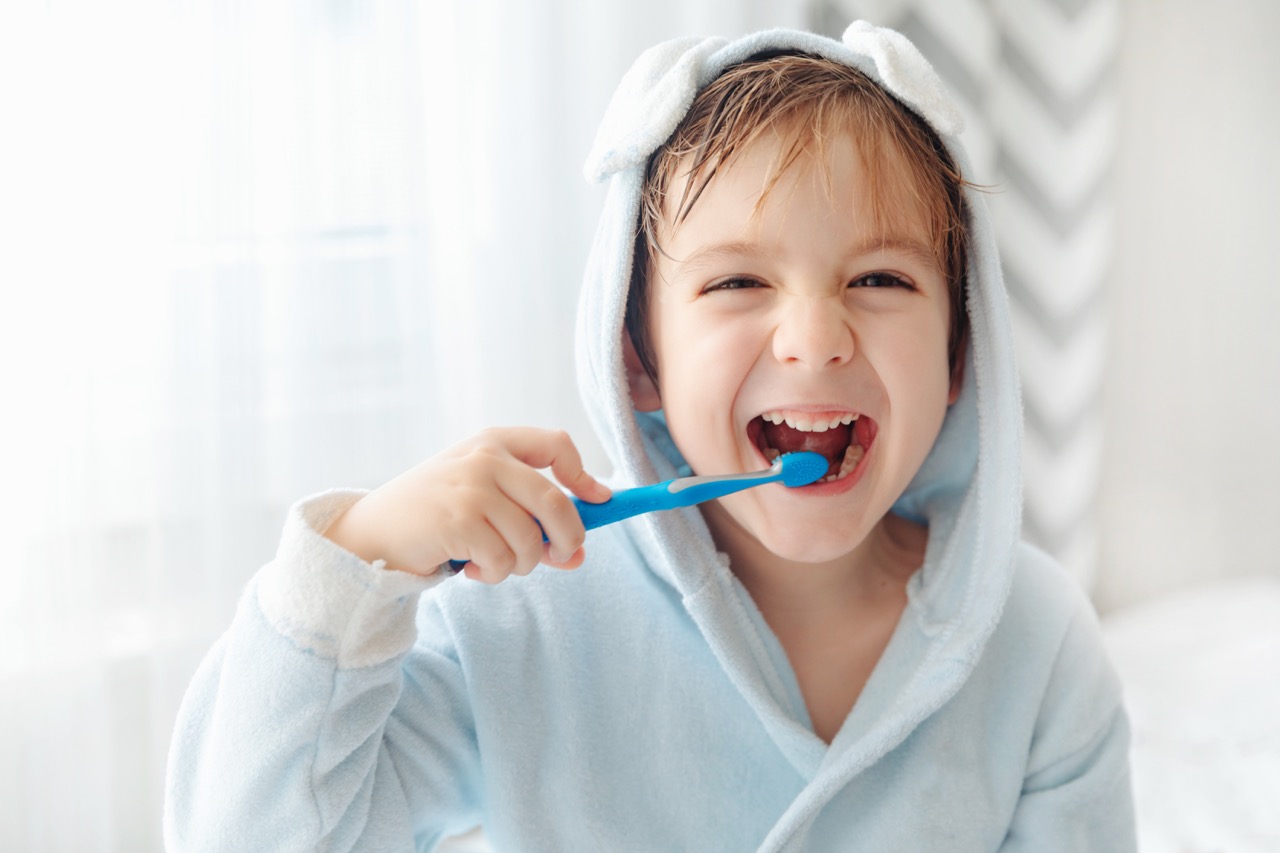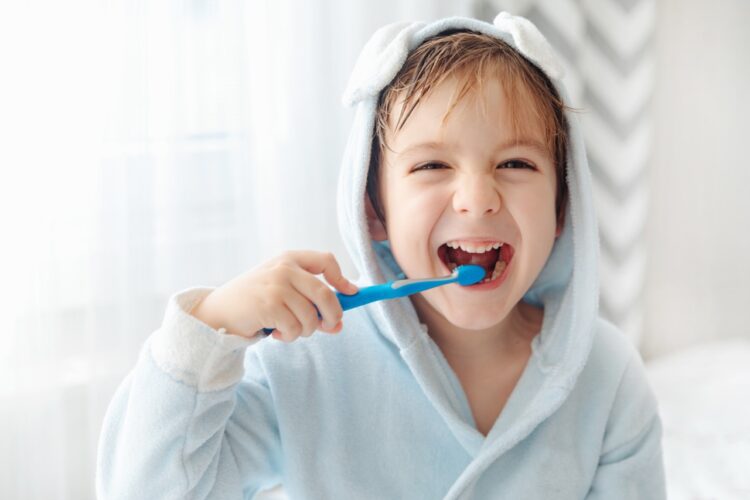Teething is an important milestone for babies and toddlers as they grow their first teeth. As a parent, this phase can be challenging because you may feel distressed seeing your children in discomfort. It is important for you to understand what happens in a child’s mouth during this phase so that you can be prepared for it.
What Does Teething Mean?
Teething is the process of when a baby’s first teeth push through the gums. This usually begins at around age 6 months but can start as early as 3 months and as late as 12 months.
Teeth Eruption Order
The first teeth that come in are typically the two bottom front teeth (lower central incisors). These are followed by the four upper front teeth (upper central incisors). Then, the rest of the teeth start coming in until all twenty milk teeth have arrived by age 3.
At What Age Is Teething Start?
Babies can start teething before or after 4-12 months old. However, the majority of babies begin teething at approximately 6 months old.
What Are The Signs And Symptoms Of Teething?
Sometimes, baby teeth can come in without causing pain or discomfort. However, you may notice some symptoms such as:
- A sore and red gum where the tooth is coming in
- A mild temperature below 38C
- A flushed cheek
- A rash on their face
- Rubbing of the ear
- Increased drooling and chewing
- Fussiness
- Poor sleep
Does Teething Hurt?
Yes, teething can be uncomfortable for many babies. Teething pain may last a few days or up to several weeks.
What Can I Do to Ease My Baby’s Discomfort During Teething?
There are several ways that you can help ease your baby’s discomfort during teething. You can:
- Massage their gums gently with a clean finger
- Give them a cool teething ring
- Give them something cold to chew on (like a chilled teether or washcloth)
- Give them a dose of infant acetaminophen or ibuprofen if recommended by your pediatrician.
Additionally, it may help to keep their face and drool cloths clean and dry to prevent irritation.
What Are Some Ways To Maintain Good Dental Hygiene For New Teeth?
Once your baby’s teeth start coming in, it’s important to begin a dental hygiene routine right away. This includes brushing their teeth twice daily with a soft-bristled toothbrush and water (no toothpaste until age 3). Additionally, you can use a damp washcloth or finger brush to clean their gums after meals. Lastly, make sure to visit your pediatric dentist when your child’s first tooth appears or before their 1st birthday.
From Milk Teeth to Permanent Teeth
While your child may have twenty milk teeth, there are a total of 32 permanent adult teeth. The last four molars (called wisdom teeth) appear between ages 17 and 21.
Teething can be a difficult but exciting milestone for babies and toddlers. The key to easing discomfort is understanding what teething is the signs and symptoms, and how to relieve pain. And once your baby’s teeth start coming in, it’s important to begin good dental hygiene right away!





